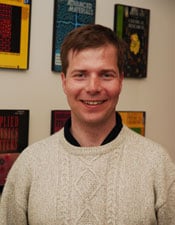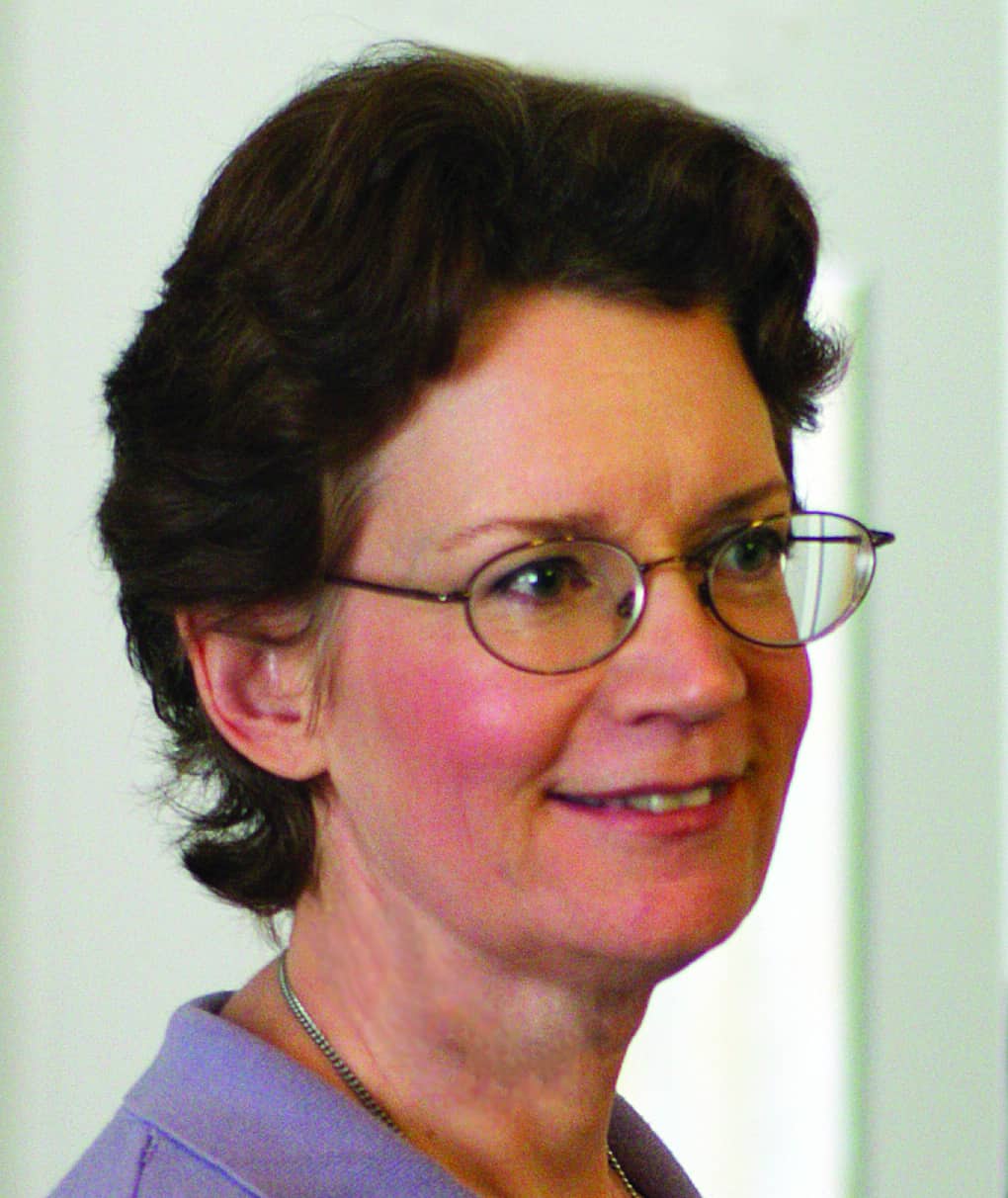An interview with Foresight Co-Founder and Past President Christine Peterson covering both the current state and the future prospects of nanotechnology is available on Youtube.
An interview with Foresight Co-Founder and Past President Christine Peterson covering both the current state and the future prospects of nanotechnology is available on Youtube.

Millions of organic chemicals and reactions have been incoporated into a huge computer network along with search algorithms to find new synthetic pathways. A way to find new building blocks for molecular nanotechnology?
I am speaking on nanotechnology at a free event at Stanford this Wednesday evening. The Nanocentury: Bringing Digital Control to the Physical World. Throughout human history, our species has worked to control the matter surrounding us — building larger and larger, smaller and smaller, more and more precise. The payoffs from these efforts are starting… Continue reading Foresight co-founder to speak at Stanford this Wednesday: free event

Interlocking organic molecules held between copper atoms have been assembled in a void inside a solid state material to create a very simple molecular machine, a wheel that spins around an axle.

Christine Peterson will speak at Stanford University on August 8 on “The Nanocentury: Bringing Digital Control to the Physical World”.

A new method called electron ptychography uses computational methods to form an image from scattered electron waves that have passed through the sample, bringing atomic resolution to electron microscopy.
Personalized Life Extension 2012 Mar 31-Apr 1, 2012 South San Francisco http://lifeextensionconference.com/ Hi folks — Join fellow Foresight members, self-trackers, self-experimenters, and health geeks to explore the latest ways to optimize your body and brain & slow aging. Foresight is a partner on the conference, so we can use discount code NANODOT for $100 off.… Continue reading Deadline tomorrow, March 14, for Life Extension Conference
A set of machine learning programs can now predict properties of small organic molecules as accurately as can calculations based upon the Schrödinger equation, but in milliseconds rather than hours.
Two competing companies have introduced 3D printers for the personal manufacture of complex digitally-designed plastic consumer items. Will this start a trend toward personal digital manufacture of increasingly complex items?
A prototype humanoid robot being developed for the US military mimics a wide range of human movements while retaining its balance.